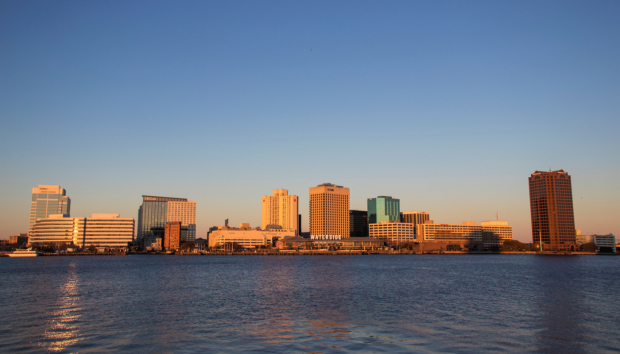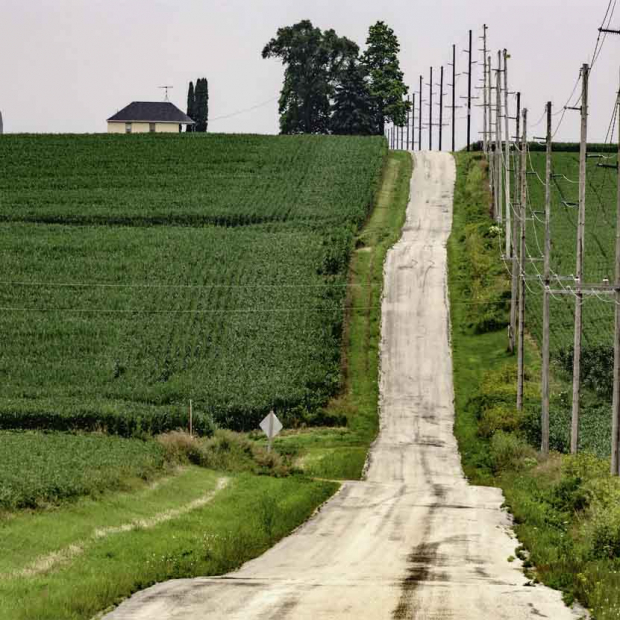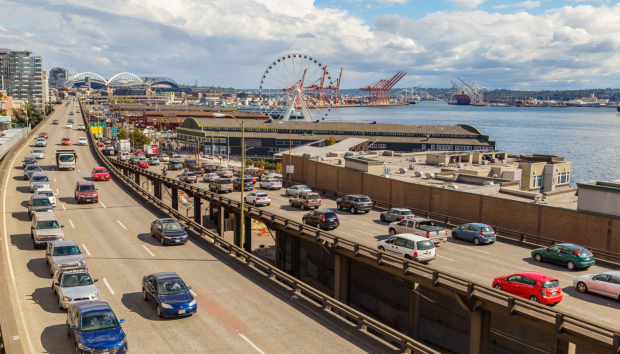
Economic Impact Of Kansas Dot Highway Preservation Funding
Kansas DOT invests approximately $384 million annually to keep the region's highways fully functional. Such maintenance is critical because the cost of deferring infrastructure can be much larger in the long run. Nonetheless, because it is less glamorous than building new roads and bridges, funding can be elusive.
To demonstrate the importance of ongoing maintenance expenditures, KDOT sponsored a study to estimate the impact of such expenditures on the state's economy. For this study, EDR Group used a hypothetical drop of 65% in annual funding, and examined how that would affect travel conditions and transportation costs - and ultimately also jobs and income in the state. KDOT staff applied models to predict how pavement and bridge conditions would deteriorate under the reduced maintenance budget, and the consultant team then ran a Kansas statewide economic impact analysis system to calculate the subsequent economic impacts. The results showed that there would be a loss of jobs, worker income and gross state product, which would grow larger each year. By 2020, the Kansas economy would experience a loss of over 12,000 jobs and a loss of over $670 million/year in Gross Domestic Product, including $460 million/year less labor income than would occur if preservation funding were to continue at its current level.
The impact can also be viewed from the viewpoint of highway users. In that case, the value of traveler losses due to additional travel time, vehicle operating expense and safety reduction would be more than triple the savings in highway preservation spending. In other words, there is a 5-to-1 benefit/cost ratio associated with continued preservation funding.








